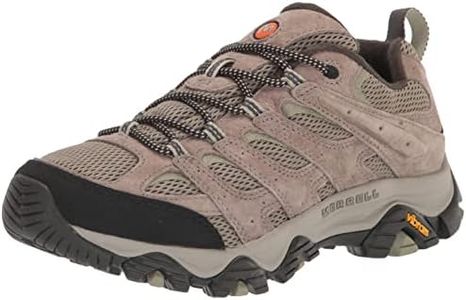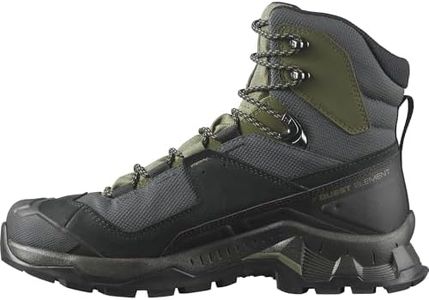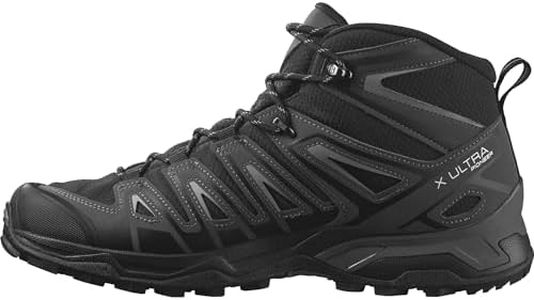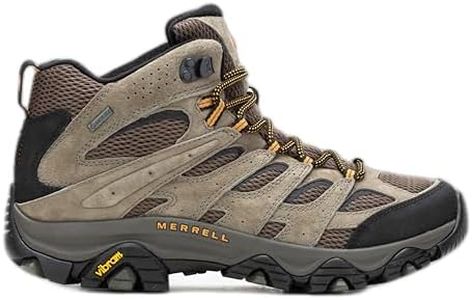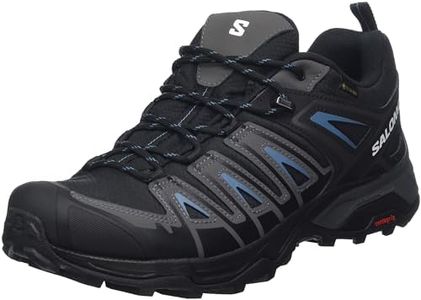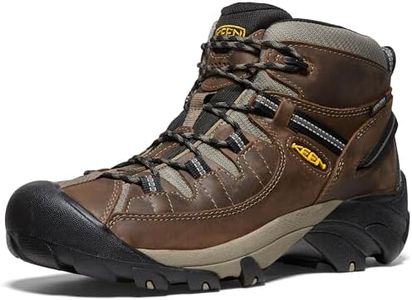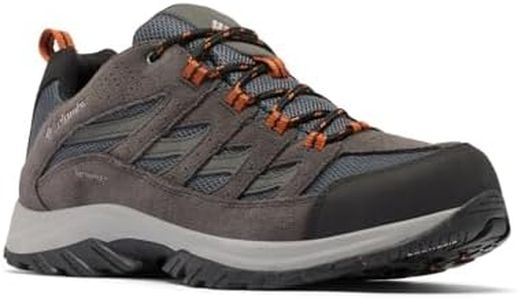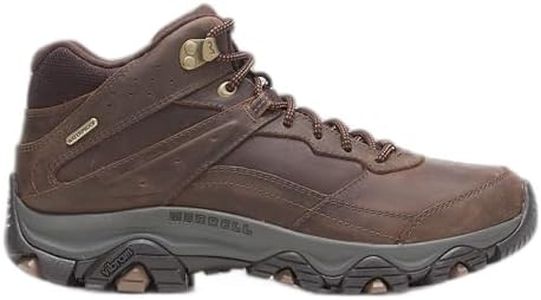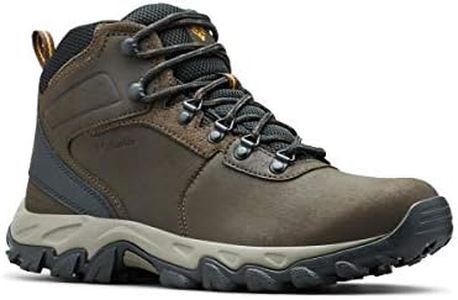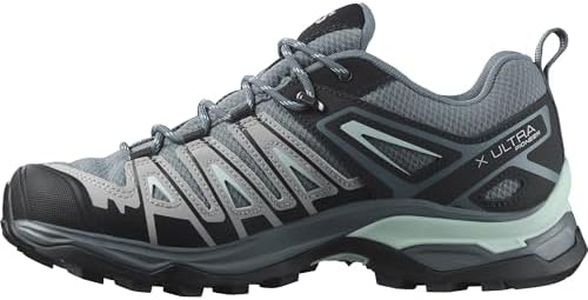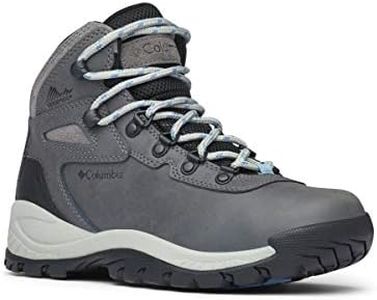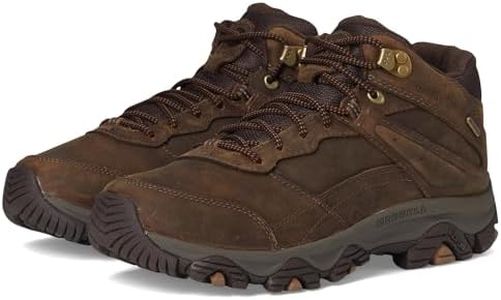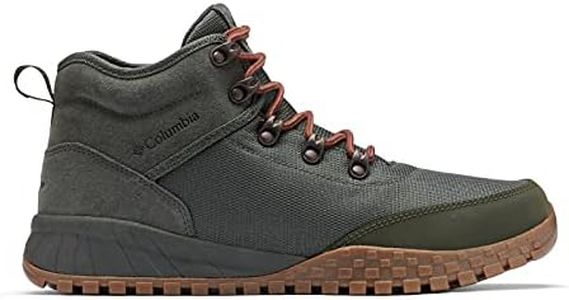We Use CookiesWe use cookies to enhance the security, performance,
functionality and for analytical and promotional activities. By continuing to browse this site you
are agreeing to our privacy policy
10 Best Hiking Boots
From leading brands and best sellers available on the web.Buying Guide for the Best Hiking Boots
Choosing the right hiking boots is key for enjoying outdoor adventures safely and comfortably. The process starts with thinking about the type of hiking you plan to do, the terrain you'll tackle, and how much support you need. Pairing the boot to your activity and environment helps ensure your feet stay protected, dry, and pain-free. Understanding key specifications makes it easier to sort through the options and pick the boots that will serve you best.Boot HeightBoot height refers to how far up your ankle or leg the boot goes. This is important because it affects the level of ankle support and protection you receive. Low-cut boots are lightweight and more flexible, making them best for easy trails or day hikes where you won't carry much weight. Mid-cut boots offer a balance of support and flexibility, making them suitable for moderate terrain or longer trips with slightly heavier loads. High-cut boots go above the ankle and provide the best protection and support, which is essential if you'll be carrying a heavy pack or hiking through rough, uneven ground. Think about the trails you'll use most and your need for support to decide which boot height will keep you safe and comfortable.
MaterialThe material of your hiking boots impacts their durability, weight, breathability, and water resistance. Leather boots are durable and provide good support but can be heavier and often need more time to break in. Synthetic materials like nylon or polyester are lighter and usually more breathable, which is great for warm weather but might wear out faster. Some boots combine materials to offer both durability and lightness. If you plan on hiking in varying conditions or want boots that last, leather could be a better fit, while synthetic options are great for those who prioritize lightweight comfort and quick drying.
WaterproofingWaterproofing determines how well your boots keep moisture out. Waterproof boots use special membranes or coatings that stop water from entering but still let your feet breathe. This is crucial if you expect wet weather, walk through streams, or hike in areas with morning dew. However, fully waterproof boots might feel warmer and less breathable in hot, dry conditions. If you'll hike in wet environments often, prioritize waterproof boots, but if most of your outings are in dry climates, consider breathable, non-waterproof boots for extra comfort.
Sole and GripThe sole and grip of a boot are about the tread pattern and the rubber used on the bottom. This matters because it's what keeps you steady on a trail. Deeper, more aggressive lugs are best for uneven, muddy, or steep terrain, offering traction and stability. Flatter treads are fine for smooth, well-traveled paths. The grip you need depends on where you'll hike most often—if you expect slippery, unstable trails, look for sturdy soles with significant tread; if you'll be on mostly flat, dry ground, a simpler sole may be enough.
Fit and ComfortFit and comfort refer to how the boot feels on your feet. This is the most personal and crucial factor. A good hiking boot should feel snug everywhere but not tight, allowing room to wiggle your toes but preventing your foot from sliding inside. An ill-fitting boot can lead to blisters, discomfort, and even injuries. Always try boots on with the same socks you'll use while hiking, and consider any personal needs like wider fits or extra arch support. Ensure there are no pressure points or slipping when you walk—your comfort on the trail depends on it.
WeightWeight relates to how heavy the boots feel on your feet, which affects your energy levels over long hikes. Lighter boots are easier to move in and can help prevent fatigue on shorter or easier hikes. Heavier boots tend to provide more support and durability, which is useful for tougher terrain or when carrying heavy packs. Match the boot weight to your regular hiking conditions—if you cover many miles on easy trails, light boots may be ideal, but for rugged adventures, the extra weight of sturdier boots is worth the support.
